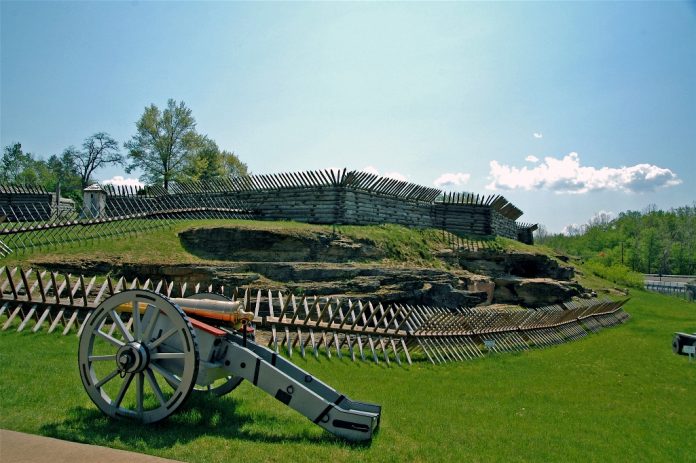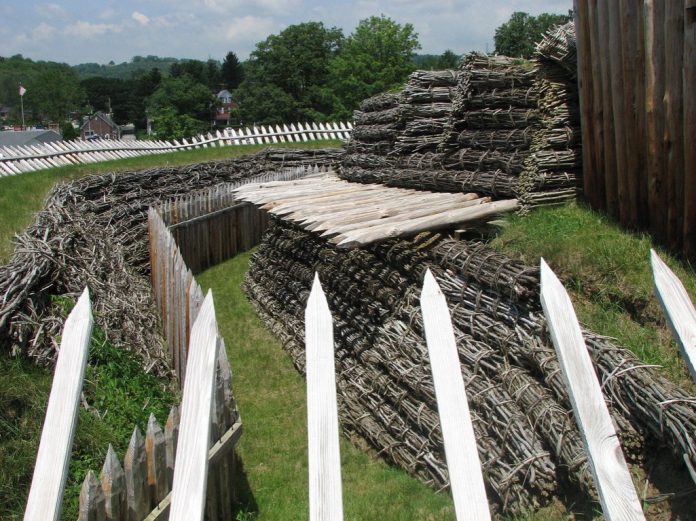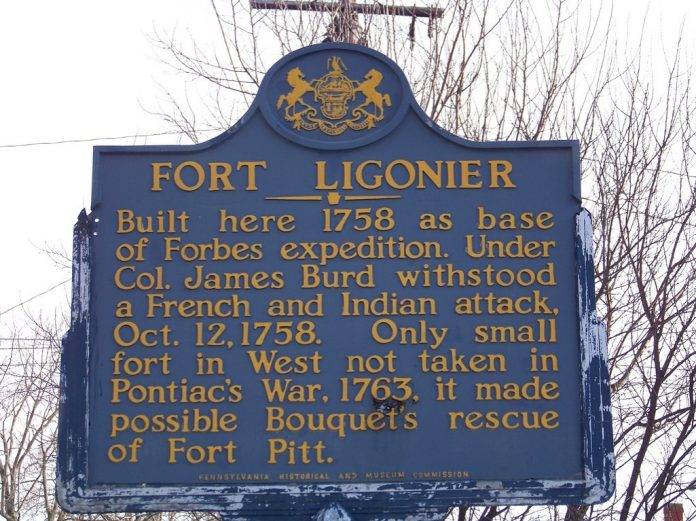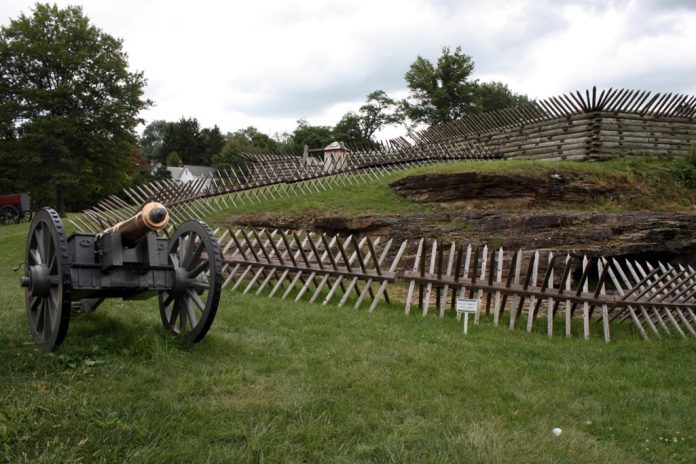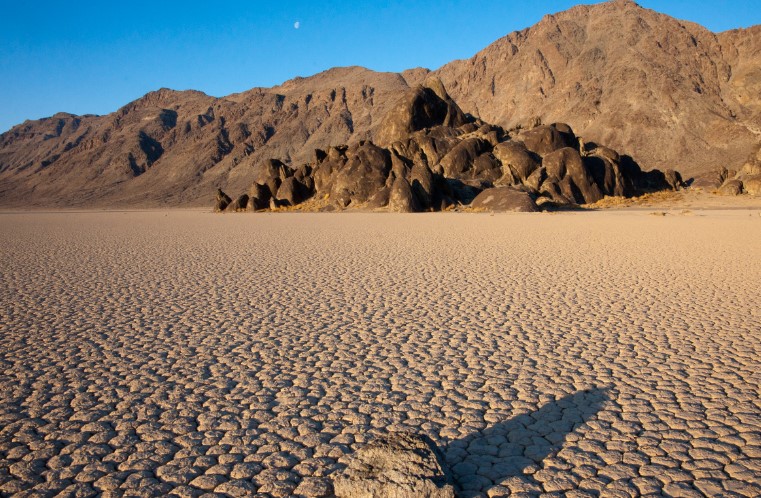This is an interesting event in building Fort Ligonier. The British garrison was built in 1758 during the French and Indian War (1754–1763) and is located along Loyalhanna Creek, about 45 miles west of Fort Bedford, Pennsylvania. In early 1758, Brigadier General John Forbes ordered the creation of a “post at Loyalhanna” as part of his protected British advance to capture Fort Duquesne.
Fort Ligonier was the last in a chain of fortified posts that ran along the road constructed by Forbes’s troops through the wilds of southern Pennsylvania. The garrison was fifty miles from Fort Duquesne and served as a supply depot and staging area for the something like 5,000 British and colonial troops preparing to attack that place.
The wooden stockade fort was finished in September 1758 and was square in shape with bastions in each corner. The encampment was also bordered by large, wooden pentagonal retrenchments that encircled the fort and several troop encampments. Reportedly, the interior measured 200 feet per side and housed two storehouses, a mess, and officers’ quarters.
In October 1758, the garrison, commanded by Colonel James Burd, was persistently attacked by a number of 1,200 French soldiers and more than a few hundred Native American allies. The battle lasted approximately four hours, with the attackers sustaining heavy losses, after which they broke off the assault. After Forbes captured Fort Duquesne in November, he renamed the fort at Loyalhanna “Ligonier” after his commander in chief in Great Britain, General Sir John Ligonier.
Fort Ligonier served as a garrison for about eight years. During Pontiac’s Rebellion, it provided a vital link in maintaining communications and the passage of supplies to Fort Pitt. Ligonier withstood attacks by Native Americans prior to the English victory at Bushy Run in August 1763. In March 1766, the British decommissioned Fort Ligonier from active service and placed it under the civil administration of Arthur St. Clair.
A reconstructed Fort Ligonier, located in Ligonier, Westmoreland County, Pennsylvania, was erected in 1954 after extensive archaeological excavations, and now boasts nine buildings for visitors. The rebuilt fort is on the National Register of Historic Places.
Related Reading: Fort Jefferson
